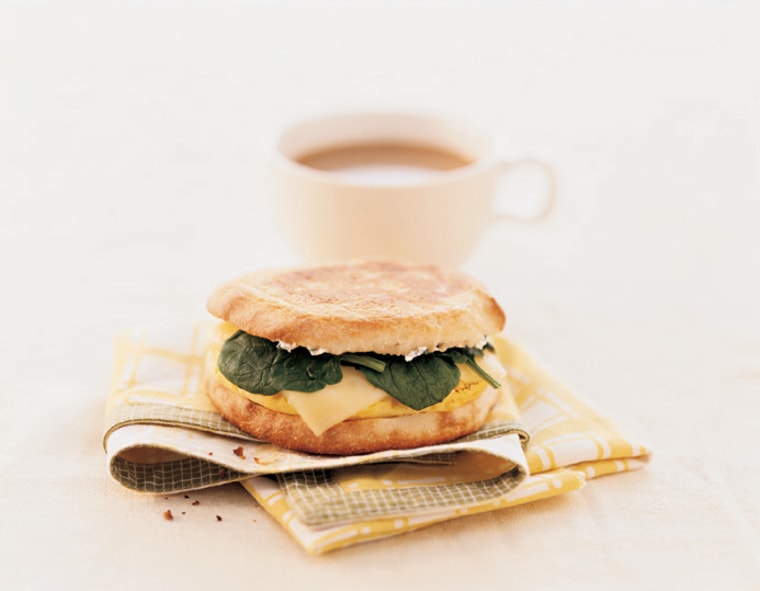Fast-food chains have long wanted to eat McDonald's lunch. Now they're gunning for its breakfast too.
After decades of overexpansion, the $200 billion U.S. fast-food market is in a slump. Sales have been almost flat for the past three years and future prospects look equally bleak. But there's a silver lining: The fast-food breakfast market is growing at nearly three times the rate of the overall market. Sales for that segment hit $30.6 billion for 2005, a 22 percent increase from $25 billion for 2001.
Those numbers look pretty tasty to food retailers, and the prospects for getting more Americans to eat out at the beginning of the day look even better. Only 7 percent of Americans now eat breakfast on the go, and a mere 2 percent of those meals come from fast-food restaurants. Most people, about 75 percent, still eat their first meal of the day at home.
Until now, McDonald's has dominated the fast-food breakfast market with its famous Egg McMuffin. Breakfast foods generate about $4.75 billion, or 25 percent, of its $19 billion in sales.
But a long list of chains hope to change that. Carl's Jr., Papa John's Pizza, Pernod Ricard's Dunkin' Donuts and Chick-fil-Aare all rolling out new breakfast products. Most are taking a page from McDonald's, dishing up some variation on the egg sandwich. These include cheese or meat and come inside a biscuit, an English muffin or a croissant.
There are a few distinctive options: Chick-fil-A adapted its chicken nuggets for breakfast with its Chick-n-Minis; Carl's Jr. developed the Breakfast Burger, citing the popularity of "nontraditional" breakfast foods; and in February, Papa John's started testing an egg, cheese and meat-topped Omelet Pizza.
But the traditional fast-food retailers aren't alone in their pursuit of breakfast eaters. Starbucks installed ovens in 200 locations in Seattle and Washington, D.C. in 2005. The company, which has annual sales of $6.4 billion primarily from coffee, plans to add ovens in Chicago, San Francisco and Portland, Ore., in 2006 to capture more of the breakfast market.
Starbucks wants to boost its average ticket price of $4 by giving its 35 million weekly visitors more options. The company is offering five different breakfast sandwiches, which use high-end ingredients like Black Forest ham, peppered bacon and naturally aged cheddar cheese.
Starbucks, it seems, is also aware that the perception of convenience and faster service means higher sales. Fifty percent of its locations opening in 2006 will have drive-through windows, according to the company. Eighty percent of fast-food breakfasts ($24 billion) are purchased as take-out, making a drive-through crucial to any chain wanting to bring in breakfasters.
So what's for breakfast? A range of options from simple to gourmet, light on the wallet, but maybe not on the waistline.
